
Your favorite breakfast sweetener has a pretty rich story. Found at farm stands and in grocery aisles alike, the discovery of this amber-hued syrup traces at least as far back as the 1600s, when indigenous populations in the Northeast began boiling maple sap into sugar. Today it’s drizzled on top of your favorite pancakes and is used as a natural sweetener in baking and cooking. Read on for more fascinating facts about this sweet stuff.
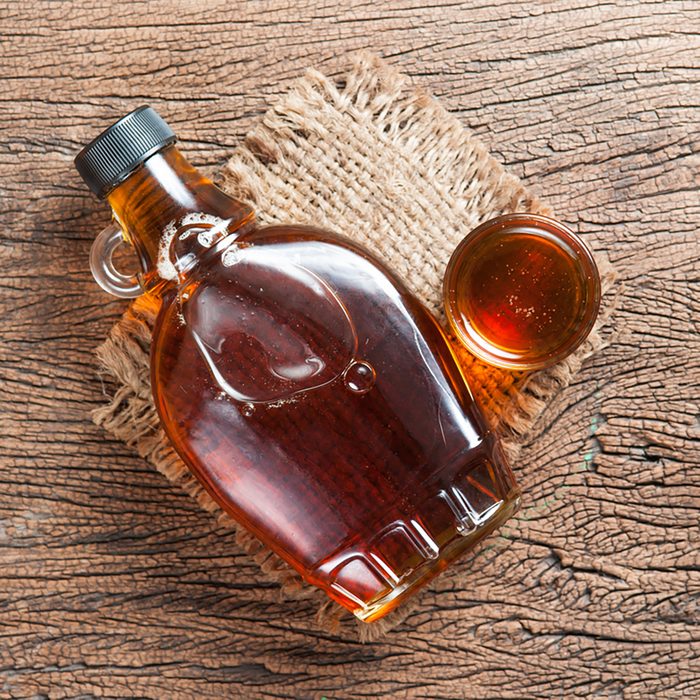
Quebec is king when it comes to production.
North America’s top maple syrup-producing region is Quebec, a Canadian province directly north of Vermont. Quebec produces an astounding amount of syrup each year: 7,989,000 gallons. The runner-up is Vermont with 890,000 gallons, followed by Ontario, Canada; New York and Maine.
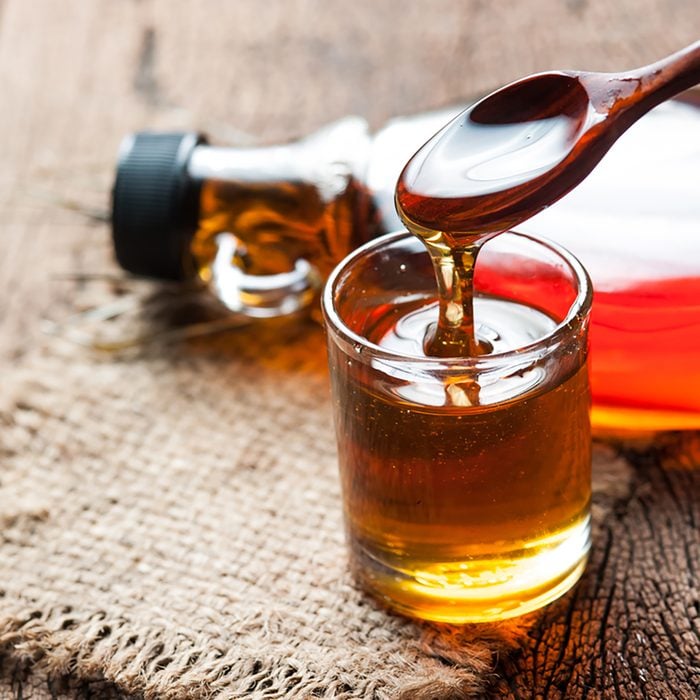
It’s the secret ingredient in a master cleanse.
Celebrities including Beyoncé attribute maple syrup to their weight loss and detox regime, which consist of consuming only maple syrup, lemon juice, cayenne pepper and water for 10 days straight. Hard not to think it would all taste better with waffles, no?

Grade matters.
Operating under a grading system, maple syrups are categorized as either A or B and graded from light to dark (and a B syrup is darker in color than an A syrup). Darker syrup tends to have stronger flavor.
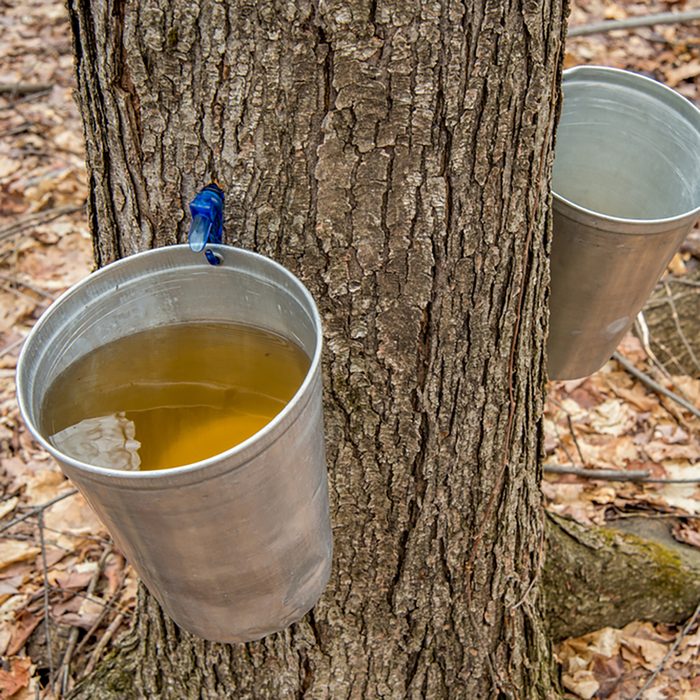
Maple syrup has its season.
Maple trees are tapped for their syrup between late February and the height of spring, in early April. Warmer-than-average winters cause worry among syrup farmers, because once the trees start to bud, the quality of the sap takes a nosedive. But tapping too early means you’ve used your only chance.

You’ll never believe how much sap is in a bottle!
Forty gallons of maple sap translates to a gallon of maple syrup—what you’re likely to buy from a local producer at a farmers market or regional grocer. In order to make the dense, sweet syrup you’d find at the store, the sap needs to be boiled down in a sugar shack. Most of the liquid is evaporated in this process.
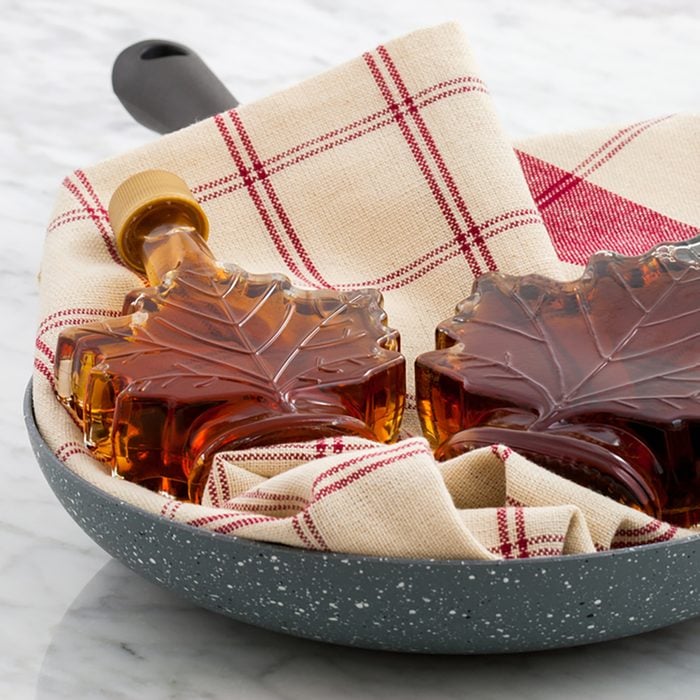
Only a few types of maple trees produce sap.
While 13 species of maple trees thrive in Canada and the U.S., not every variety is tapped for syrup. The list includes sugar maple, black maple and red maple. But maple trees aren’t only used for syrup. Next time you spot a bowling pin or pick up a baseball bat, check to see if it’s made of maple. Chances are, it is.

Savory recipes taste yummy with maple syrup.
For your next potluck gathering or backyard picnic, fold maple syrup into baked beans using this recipe for New England Baked Beans. Or use maple syrup as the base for a glaze, like in this recipe for Sweet and Savory Ribs.
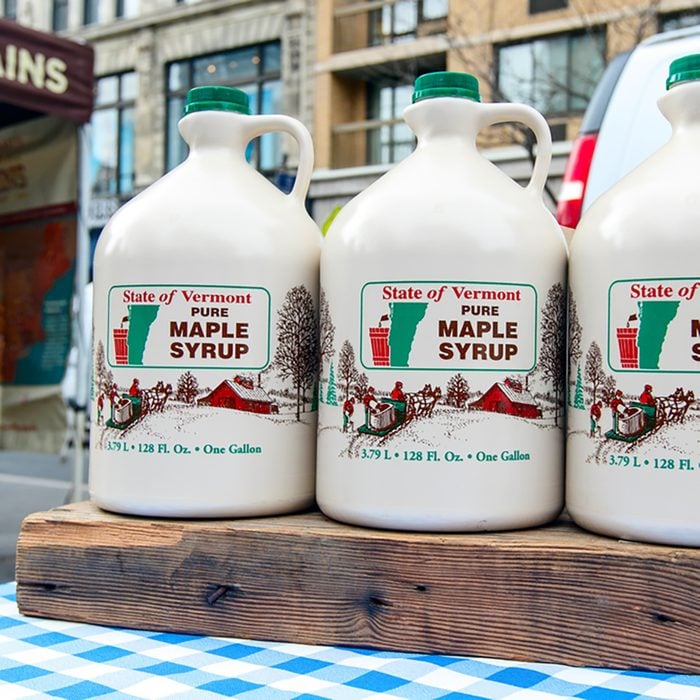
Many people prefer pure maple sap.
People in some communities in southern Korea drink maple sap-unprocessed, straight from the tree. A rite of spring, it’s a centuries-old tradition to drink gallons of the stuff in a single sitting. Many believe the sap, tapped from the gorosoe maple, helps prevent diseases like diabetes and osteoporosis—as well as the occasional hangover (here are more ways to nix those).
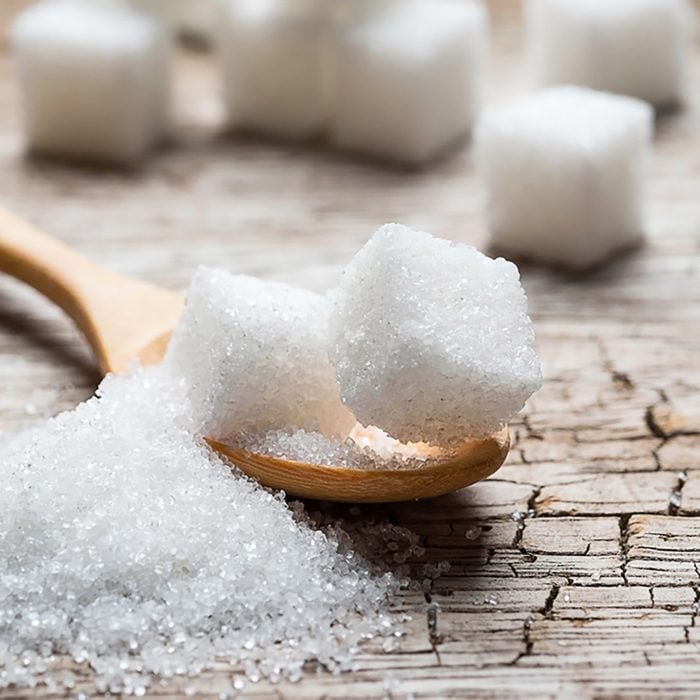
Healthier than sugar? You bet.
Compared to white sugar and high-fructose corn syrup, maple syrup is the healthier choice because it has higher levels of nutrients and antioxidants. However, this does not give license to view syrup as vitamins and drizzle it on every square inch of your pancakes. Each tablespoon equals 52 calories. That’s a whole lot of time at the gym!

The syrup you have in the pantry probably doesn’t contain much maple sap.
Cheaper, maple-flavored syrups are made with a negligible amount of maple sap—here’s how to tell if your syrup is the real thing. Treat yourself to a jar of pure maple syrup. You’ll notice the difference in flavor!

Now that you’re sugared up with fun facts, throw together some pancakes and slather on your own homemade syrup. Learn how, here.
